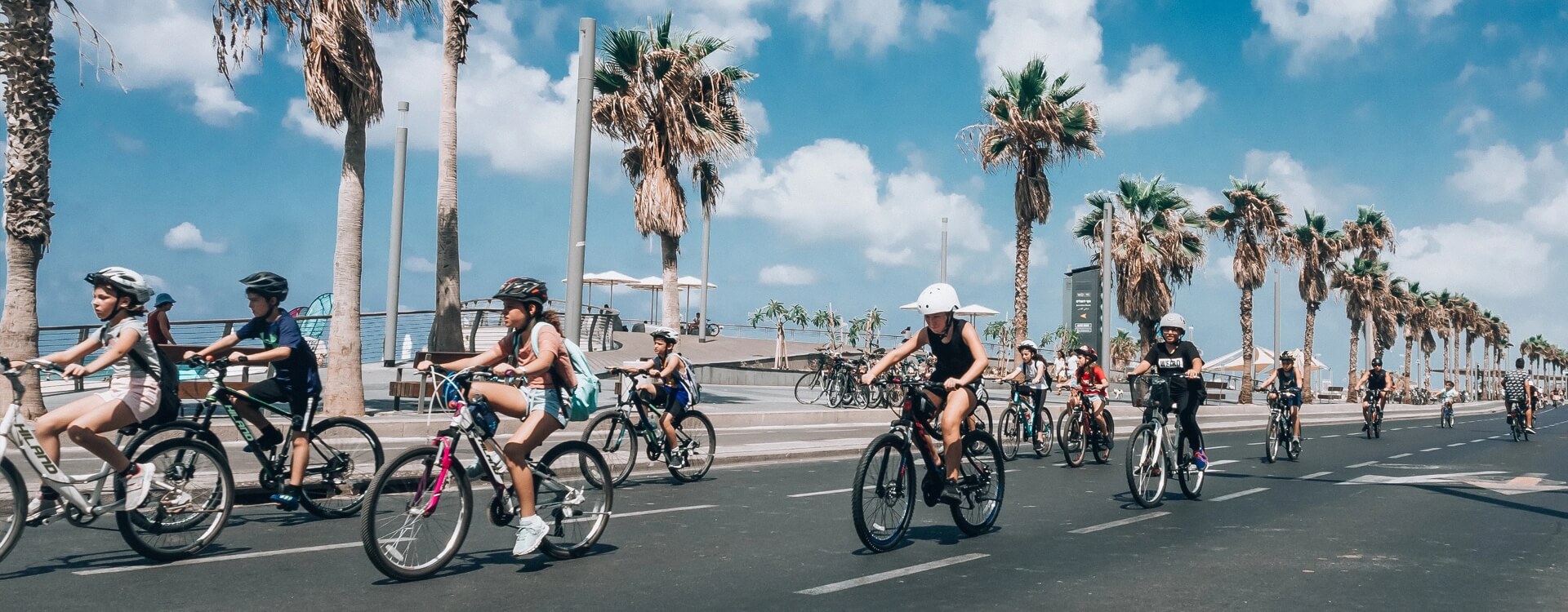
Mountain bikes are bicycles specially designed for off-road (hills, trails, wilderness, sandy gravel roads, etc.). Riding mountain bikes for outings and cross-country has been favored by more and more young people and has become a healthy and fashionable sport. Mountain bikes have relatively high requirements for tires. How much do you know about mountain bike tires? Let’s take a look at the characteristics of some mountain bike tires.
First of all, let’s talk about the structure of the tire, the open tire of the bicycle. The main body of the tire is made up of a mesh cover, a layer of tire skin is attached to wear it when rolling, and two bead lips are embedded to fix the tire on the wheel frame, thus forming the main structure of the tire. Because bicycle tires are relatively thin, they are easy to be punctured or cut. Most of them will add an explosion-proof layer between the skin of the tire and the mesh cover to increase the strength of the tire. Every time there is social news about a large vehicle accident due to a puncture, the problem of recycled tires will always be brought up for review. The so-called regenerated tire is to remove the worn tire skin, keeps the original tire body, and then pastes a layer of tire skin again. Don’t think it seems unreliable, in fact, this is what tires look like.

When it comes to the characteristics of tires, it is nothing more than talking about these aspects: rolling resistance, grip, road feel, wear resistance, explosion-proof, weight, etc. Two other attributes that are often overlooked are power transfer and build quality. These features are described below in more common terms.
Rolling resistance: When the wheel starts rolling, you want it to keep rolling without slowing down, which of course is impossible due to wind resistance and other resistance. The less rolling resistance a tire has, the easier it is to maintain speed. In other words, when you pedal with the same effort, the speed will increase, and you don’t need to increase your strength to accelerate. So, the less rolling resistance the better.
Grip: The best understanding of grip is skidding. When cornering or braking, the grip of the tire is key. Even straight-line acceleration requires grip when the force is strong. So, the bigger the grip, the better.
Abrasion resistance: Nowadays, bicycle tires are generally considered expensive. We don’t want expensive things to break after short use. At this time, wear resistance needs to be considered. The better the wear resistance, the longer the mileage the tire can last. Explosion-proof punctures can be said to be the most common failures encountered in cycling leisure sports. Moreover, to reduce weight, the tire skin often has only a thin layer, which is not easy to withstand the puncture of stones, glass, and branches. Most tires for outdoor use have an explosion-proof design to prevent foreign objects from piercing the mesh cover.
Weight: If you are pursuing lightweight, then you will consider the weight of any spare parts on the bicycle, and the inner and outer tires are also lightweight targets. Lightweight tires can reduce the weight by as much as one or two hundred grams. Regardless of the effect of reducing the weight of the tires, just seeing the weight reduction on the book of the whole vehicle will make people feel that lightweight tires are worth the money. Lightweight tires are incredible, and the difference in weight may reach 50-100 grams. Light weight tires also bring many performance advantages. First of all, they take advantage of some advantages when climbing hills. In addition, due to their lower inertia, they are easier to accelerate. Most of the reasons for the weight reduction come from thinner tire skins and mesh covers and even omitting the explosion-proof layer. The result is a more responsive road response, a more comfortable road feel, and lower rolling resistance.


